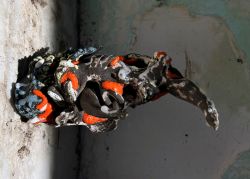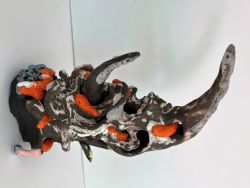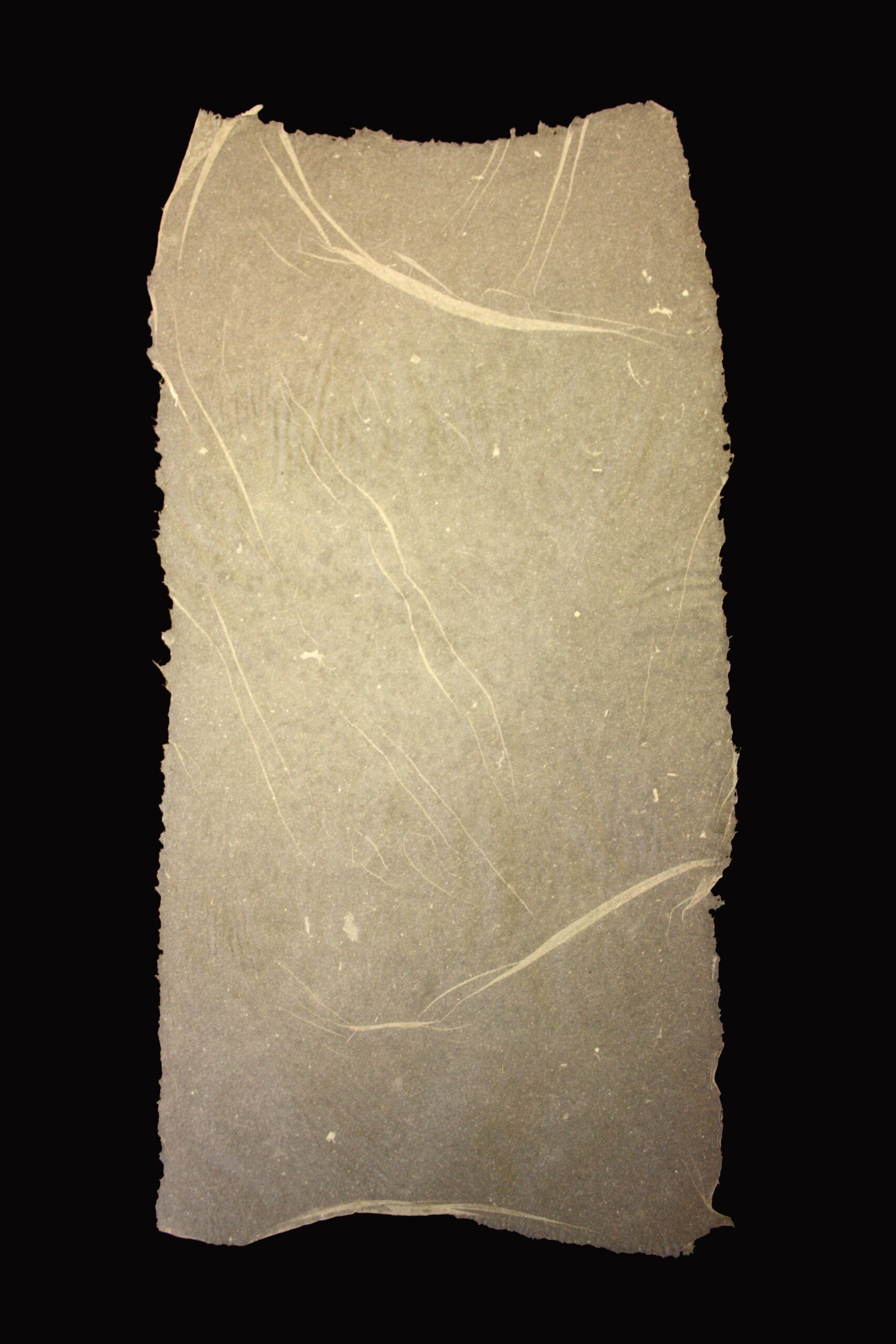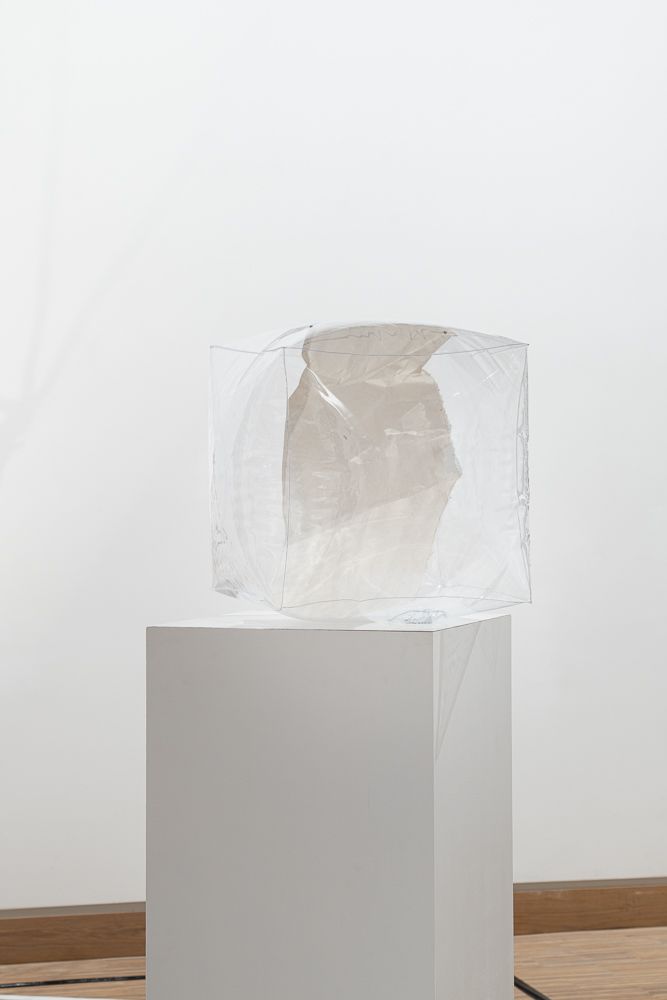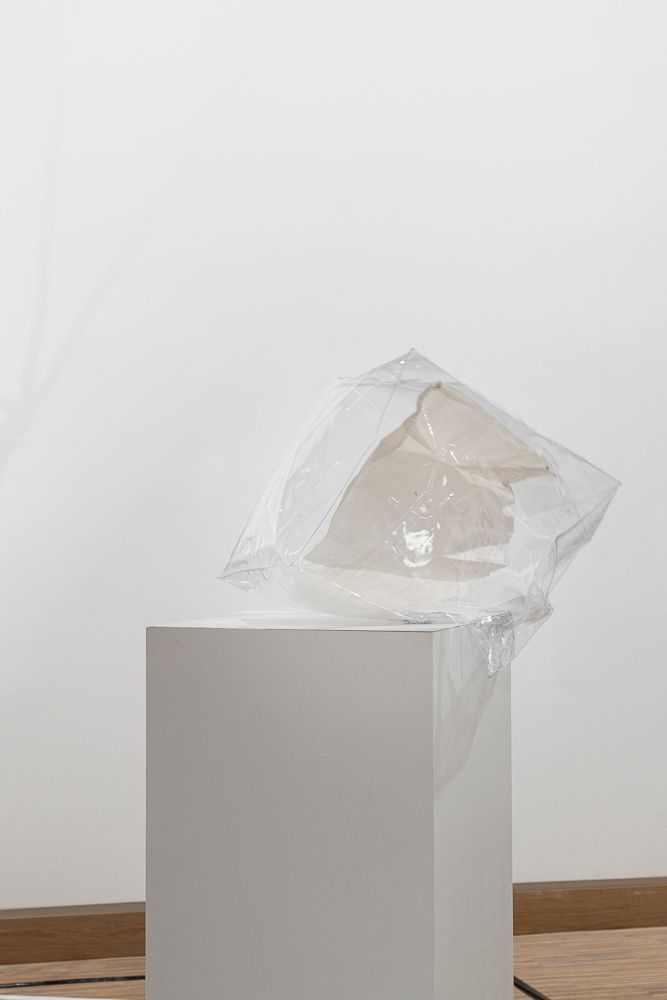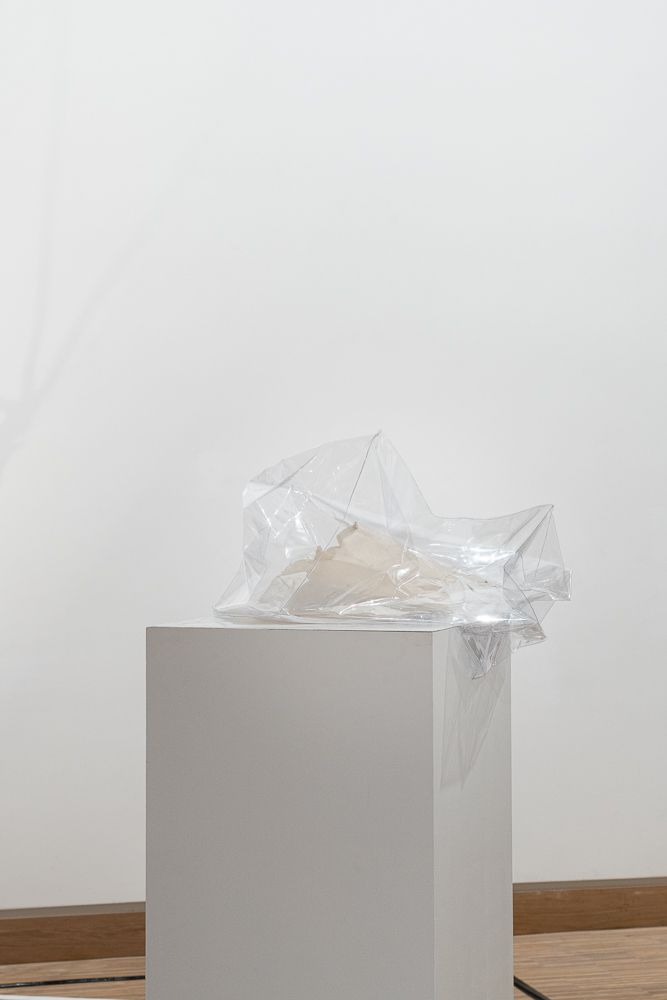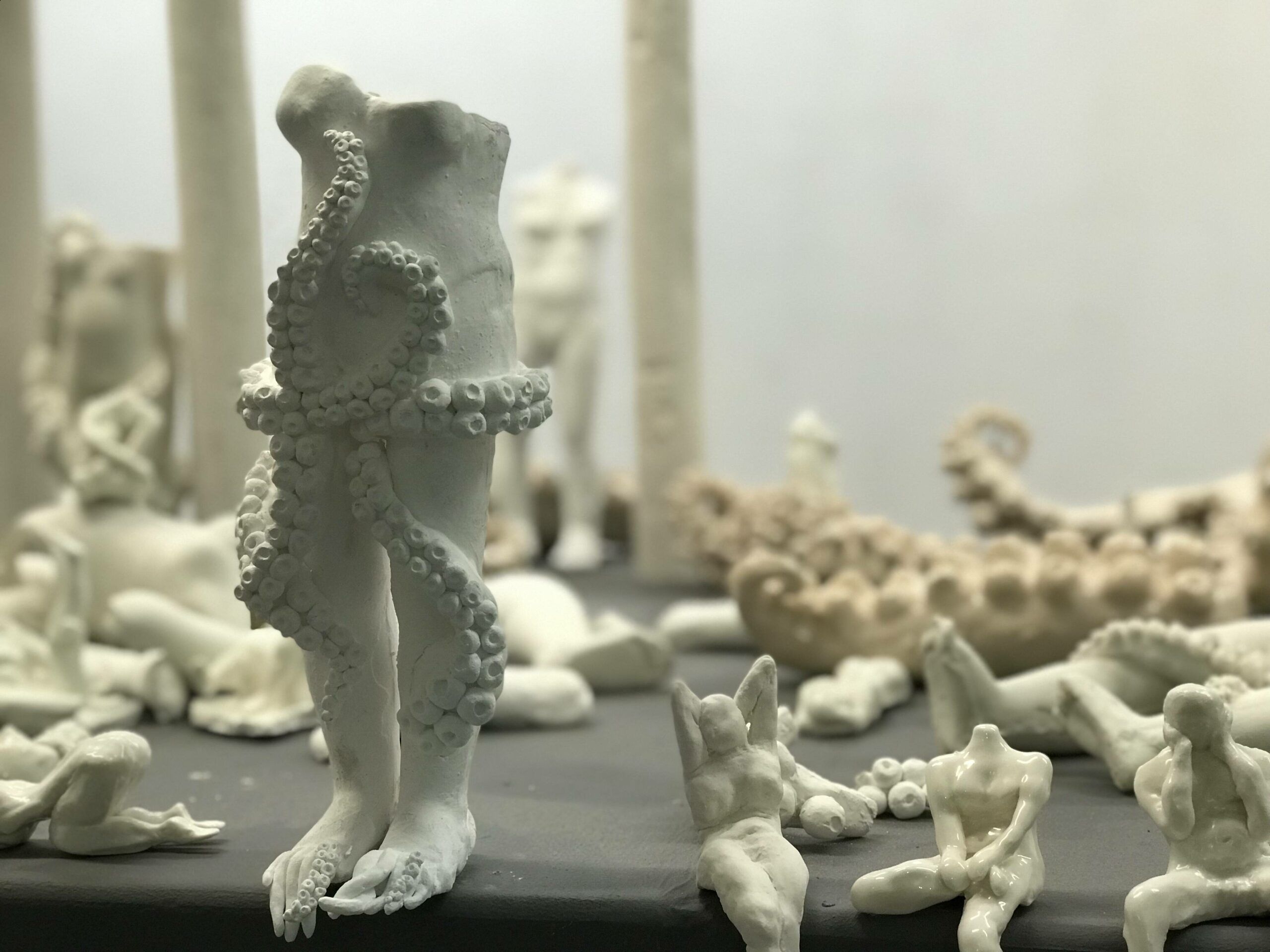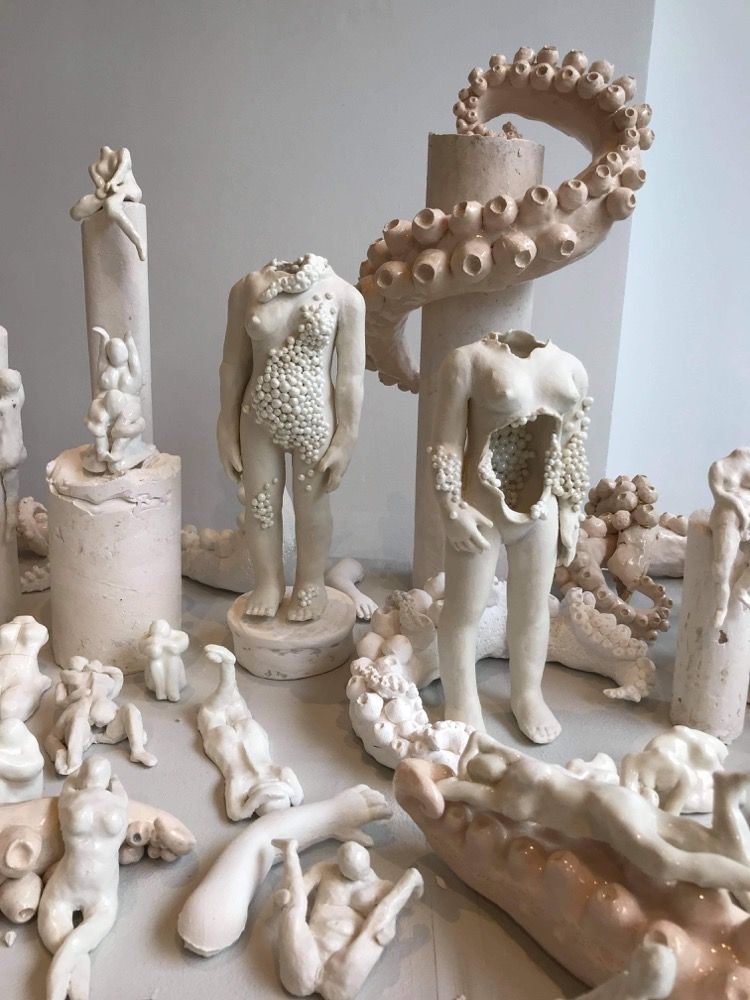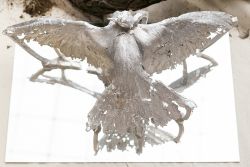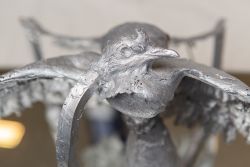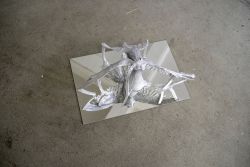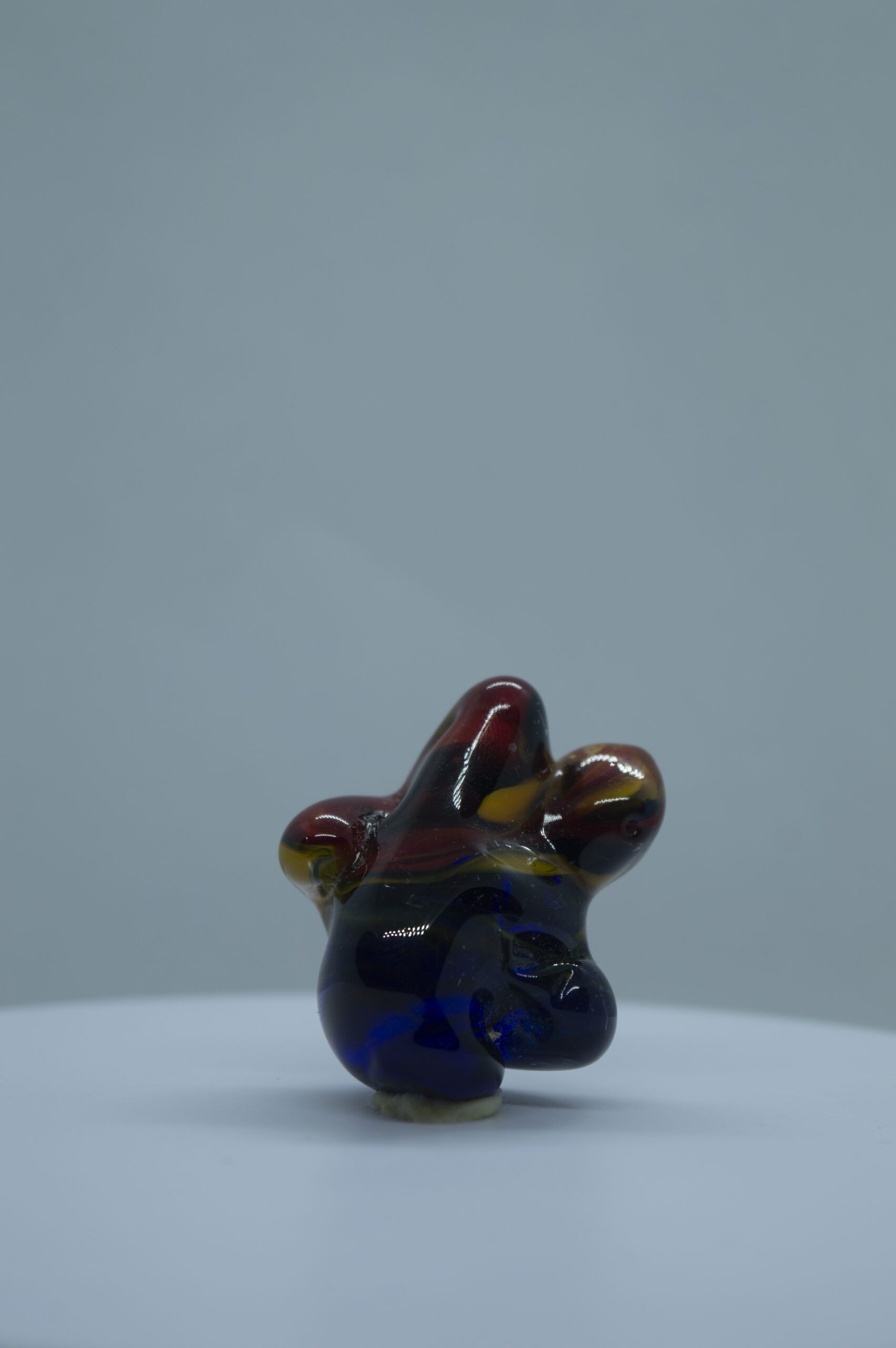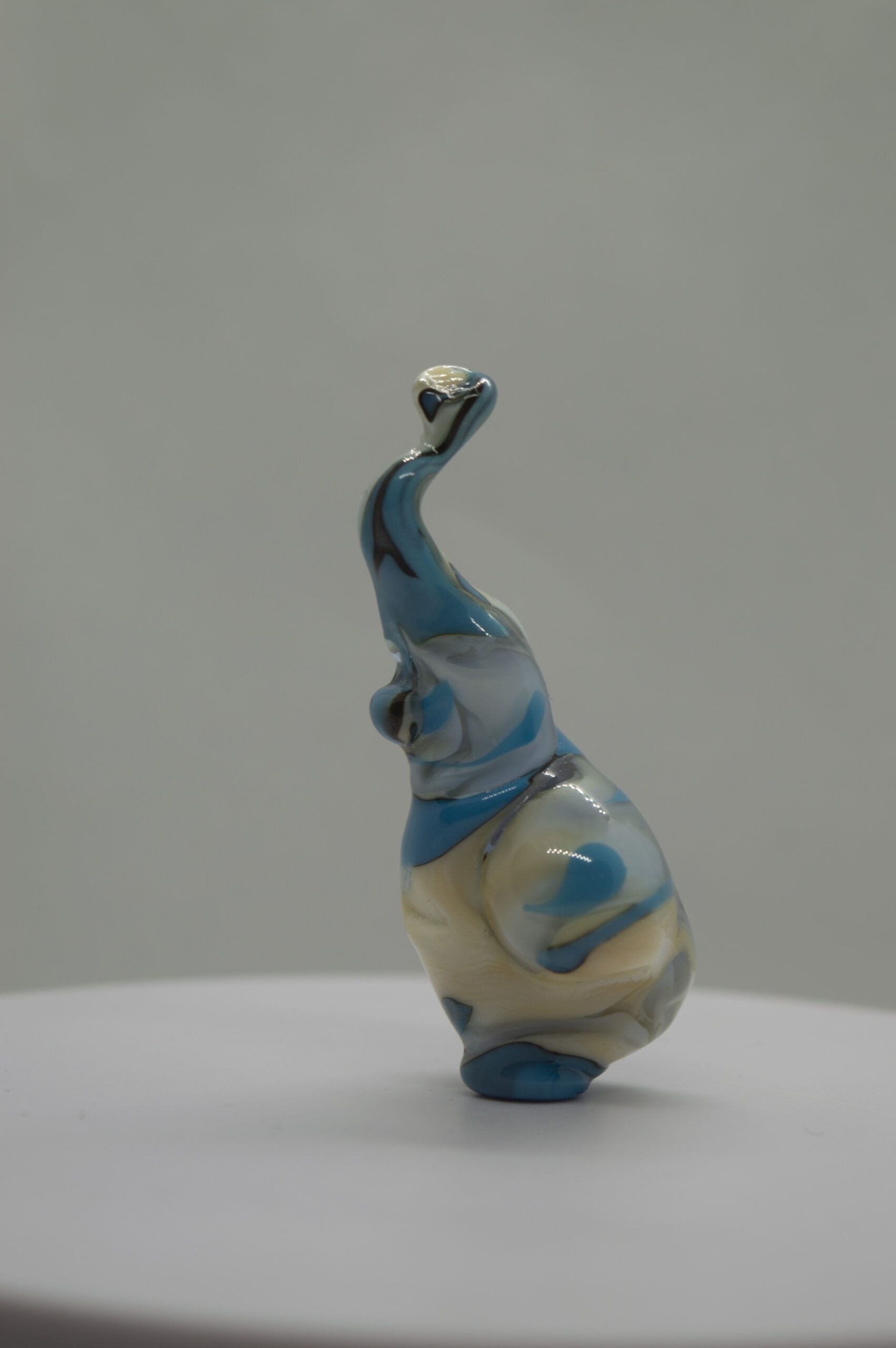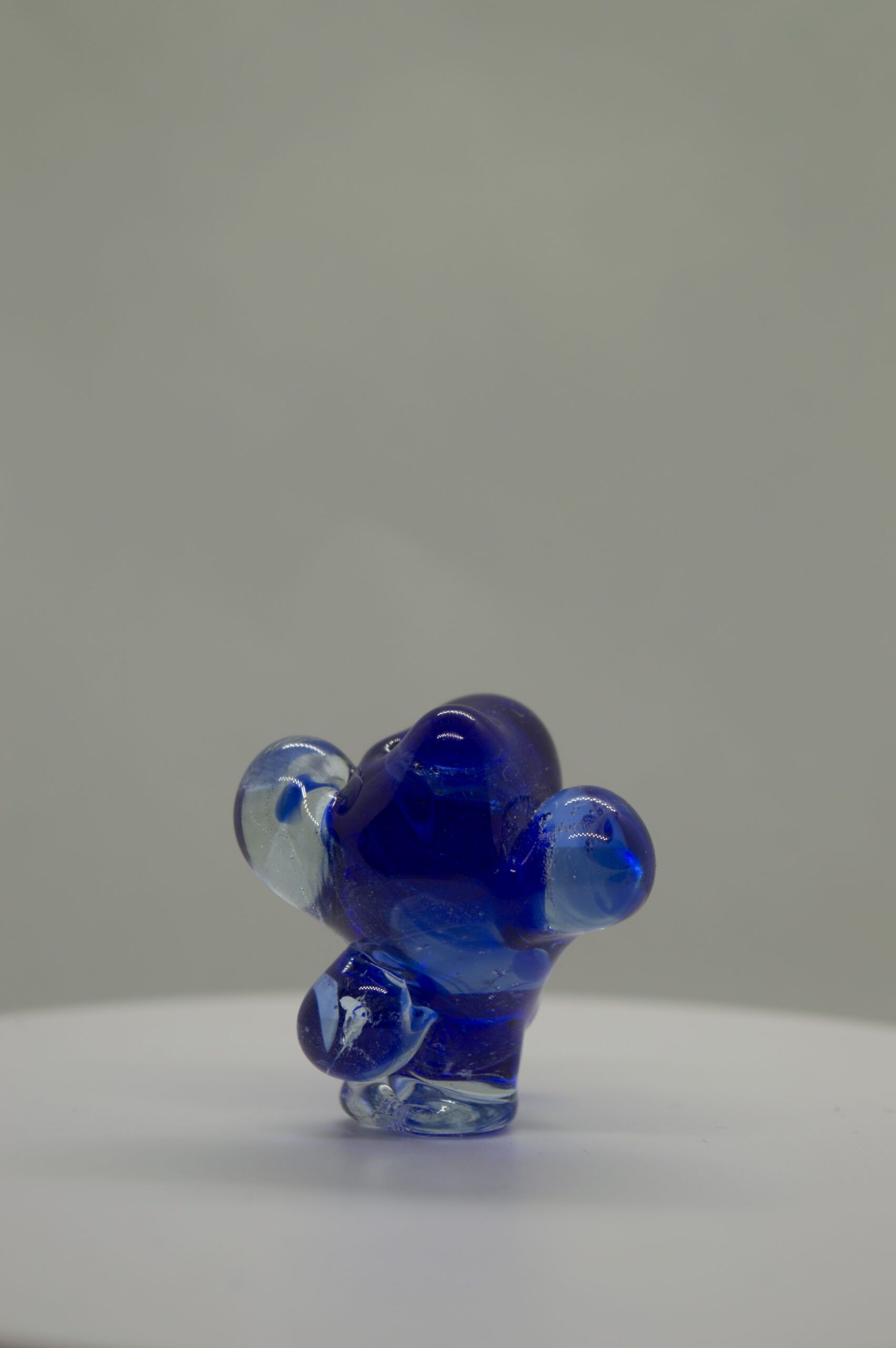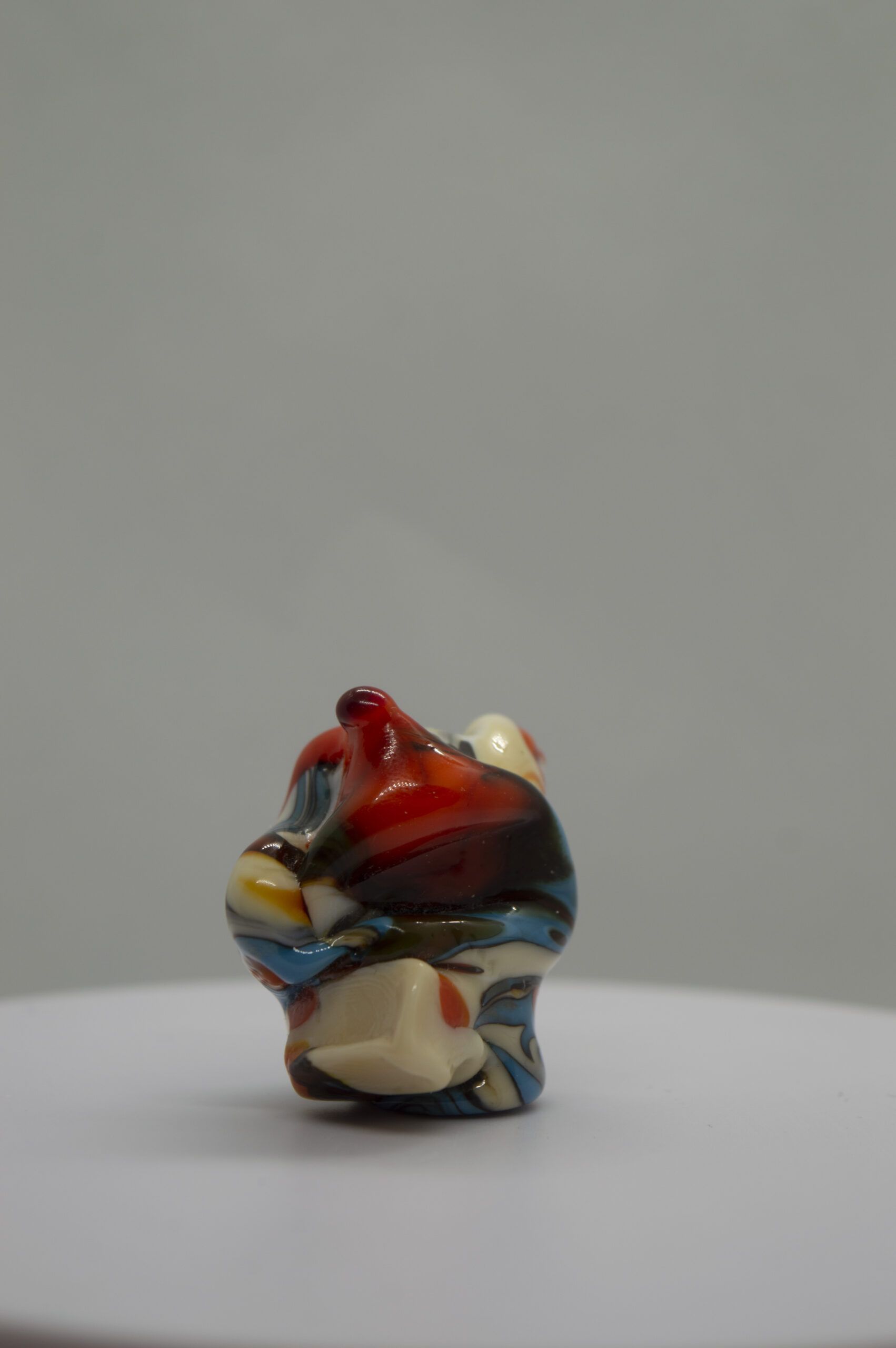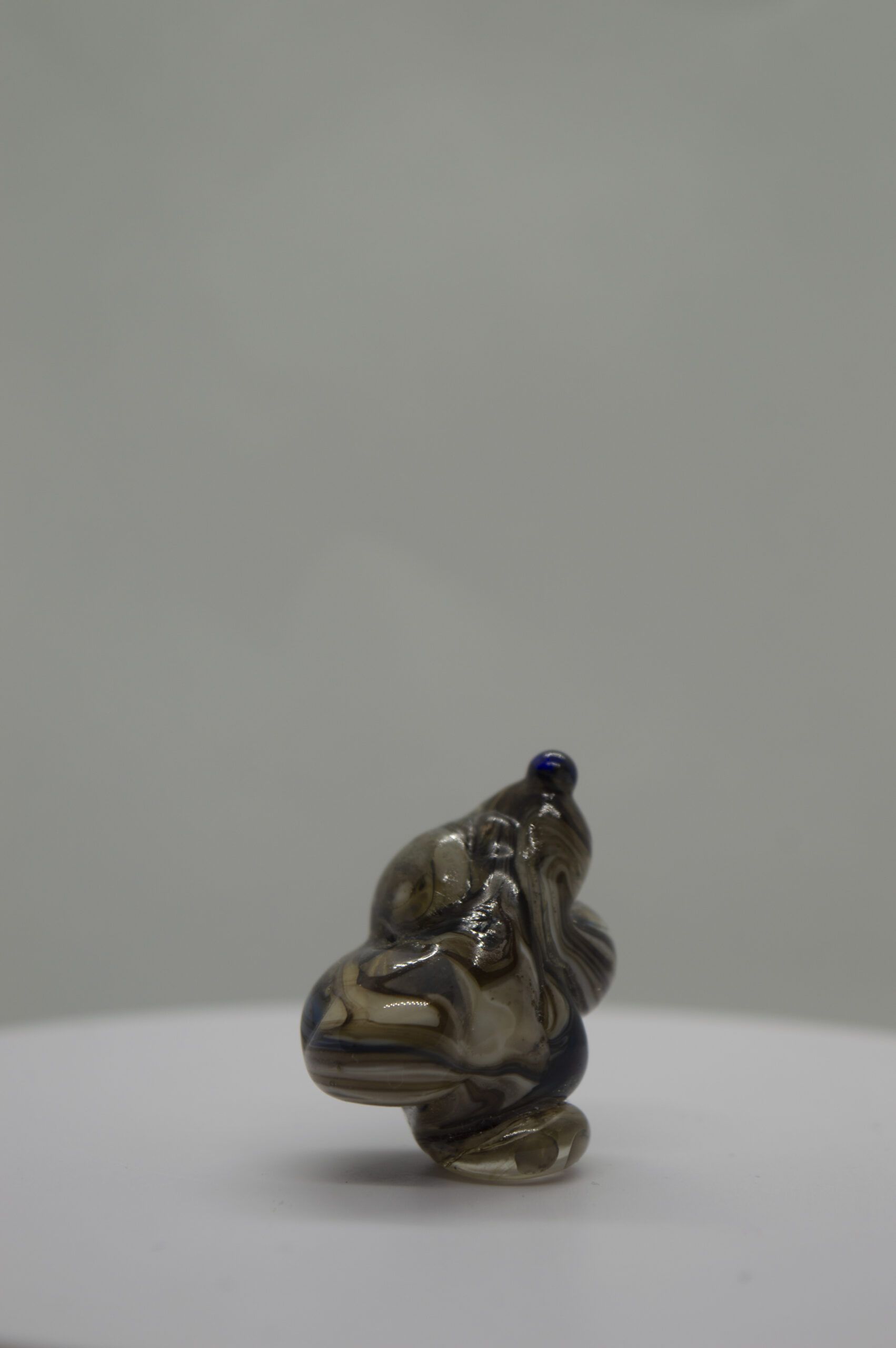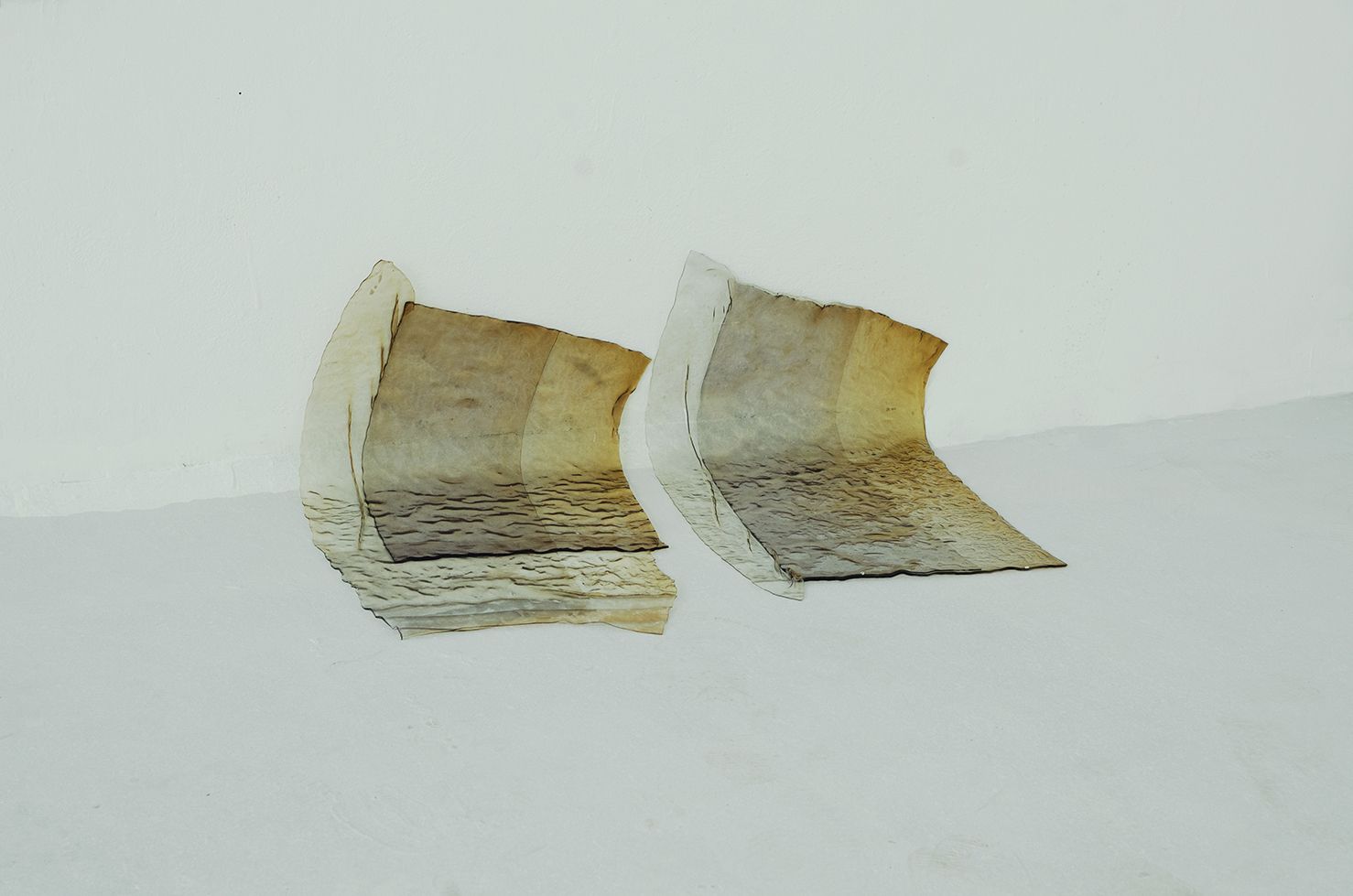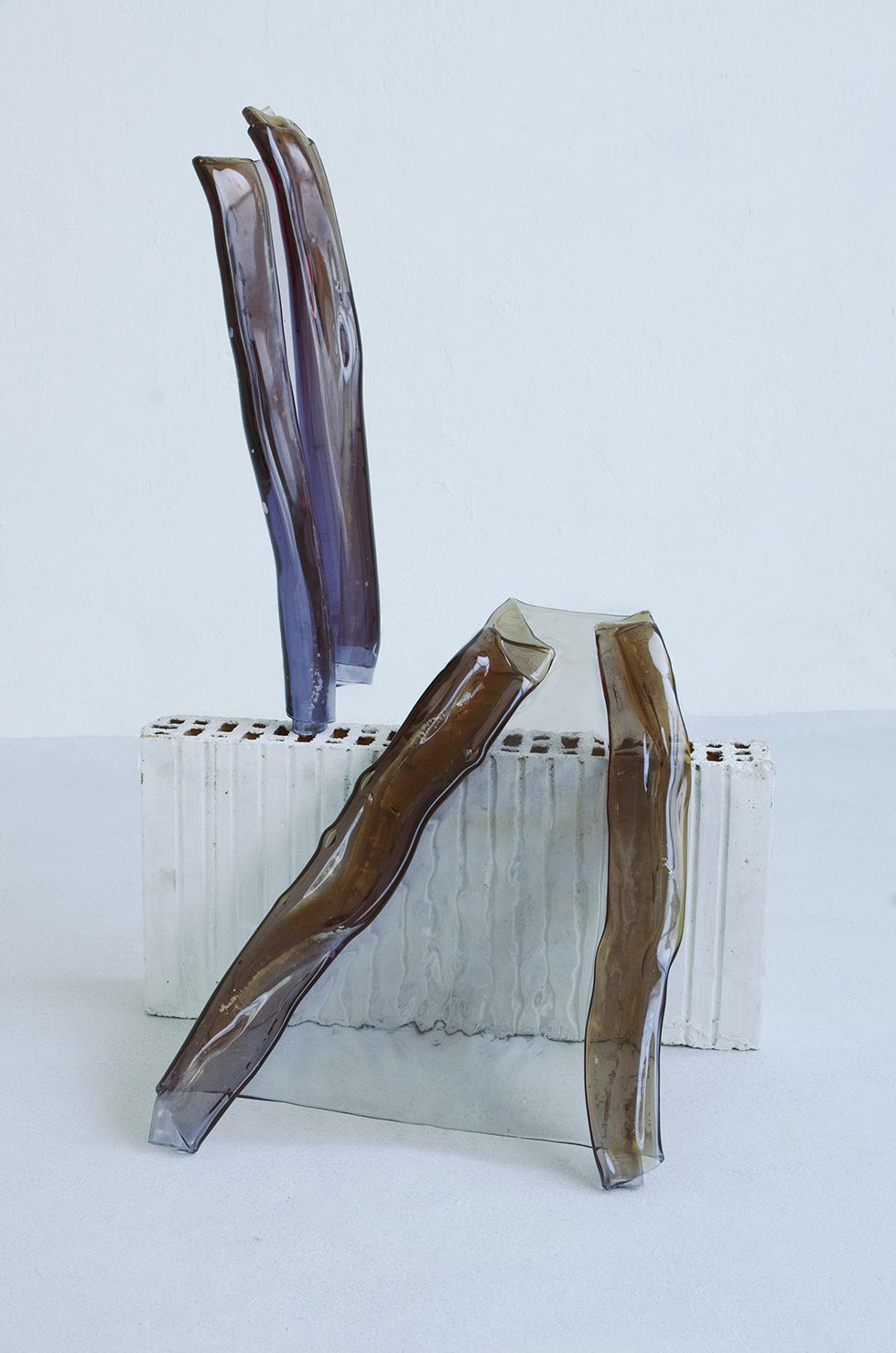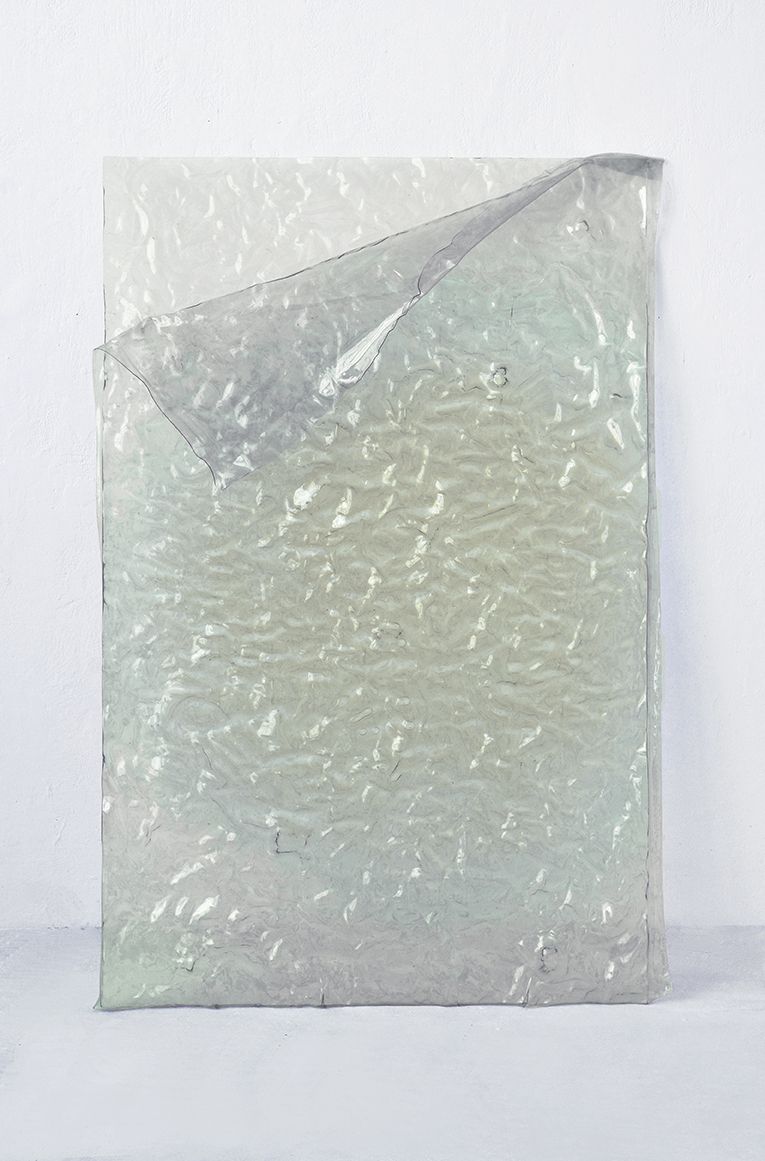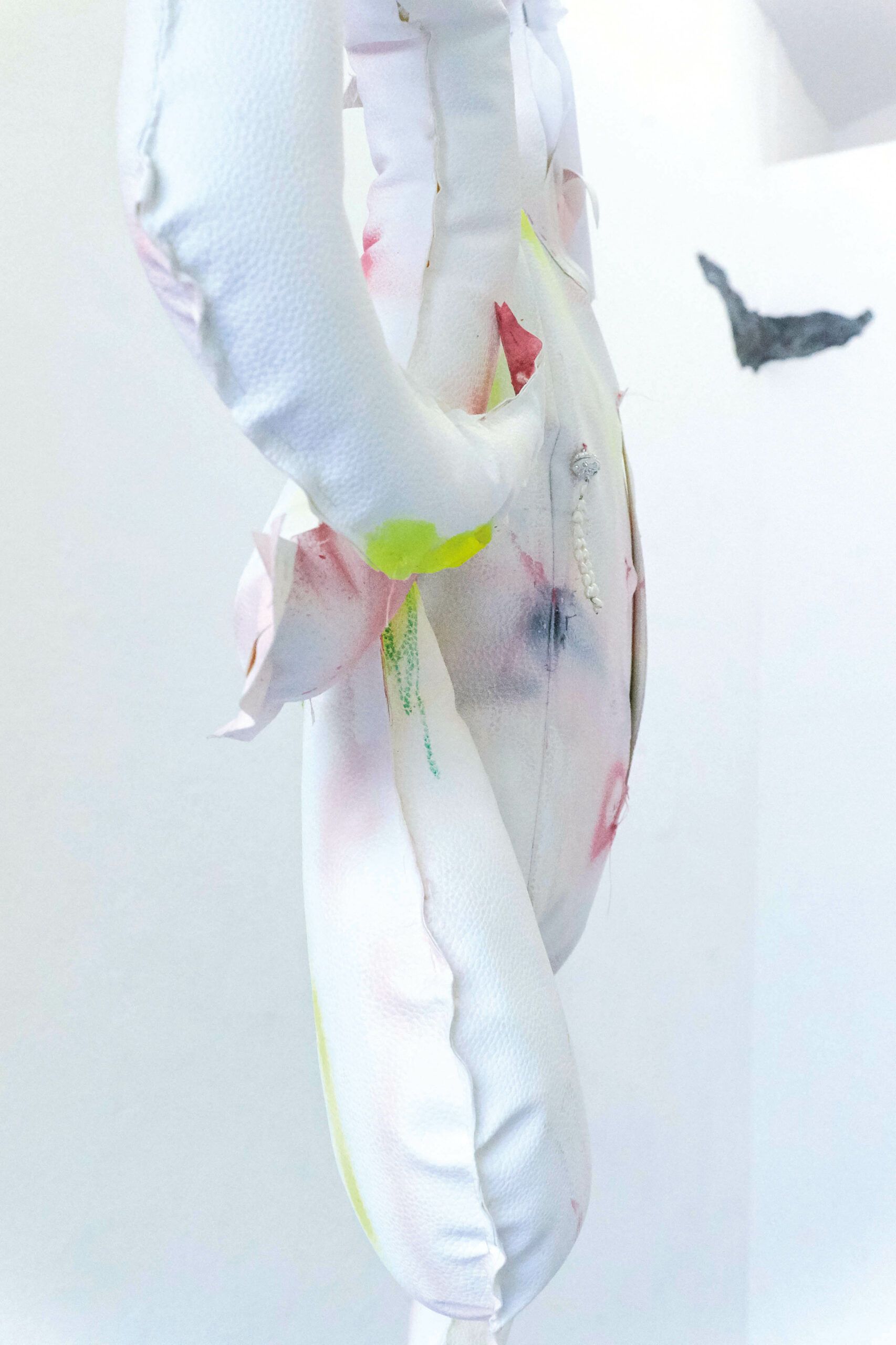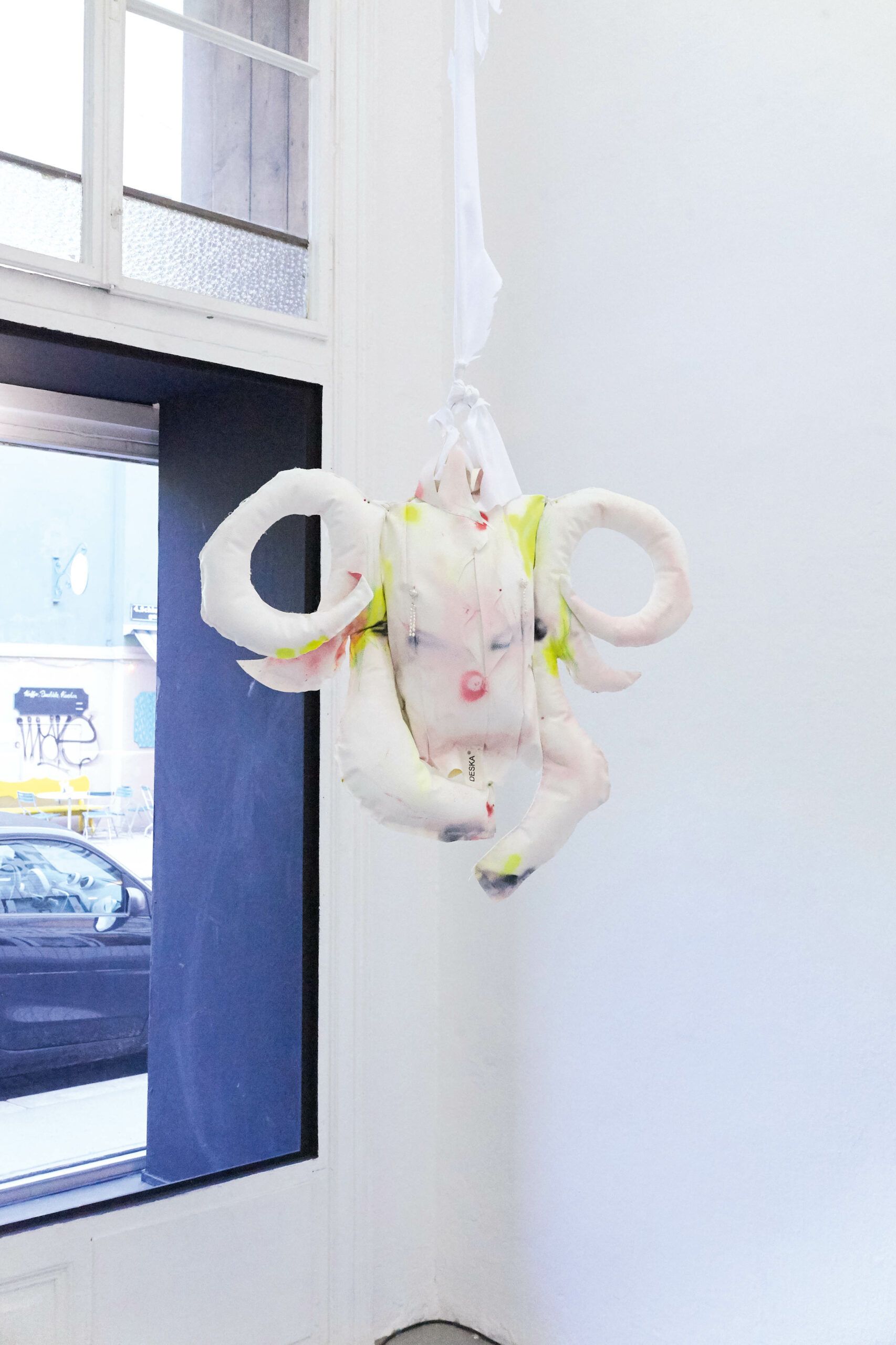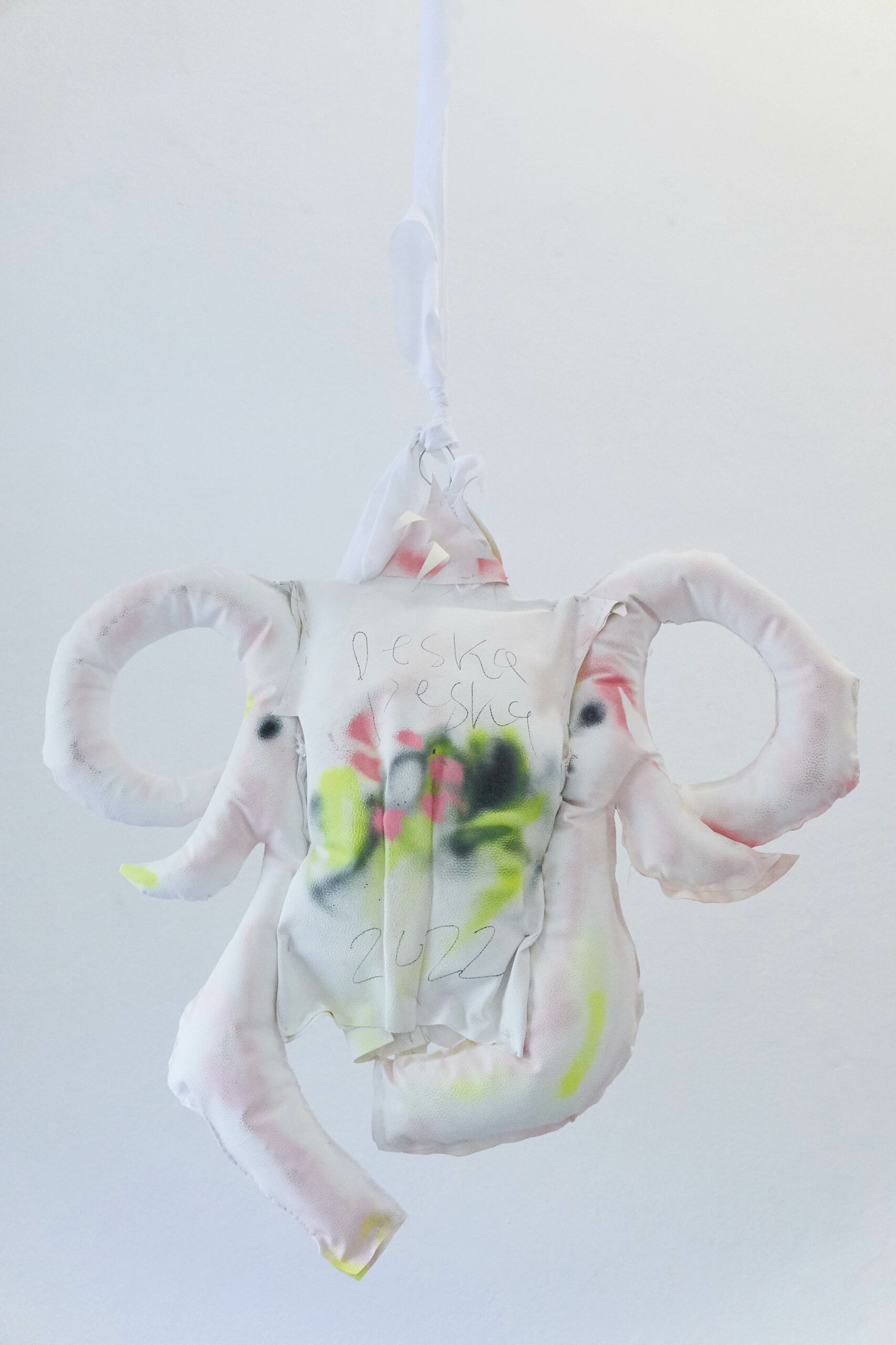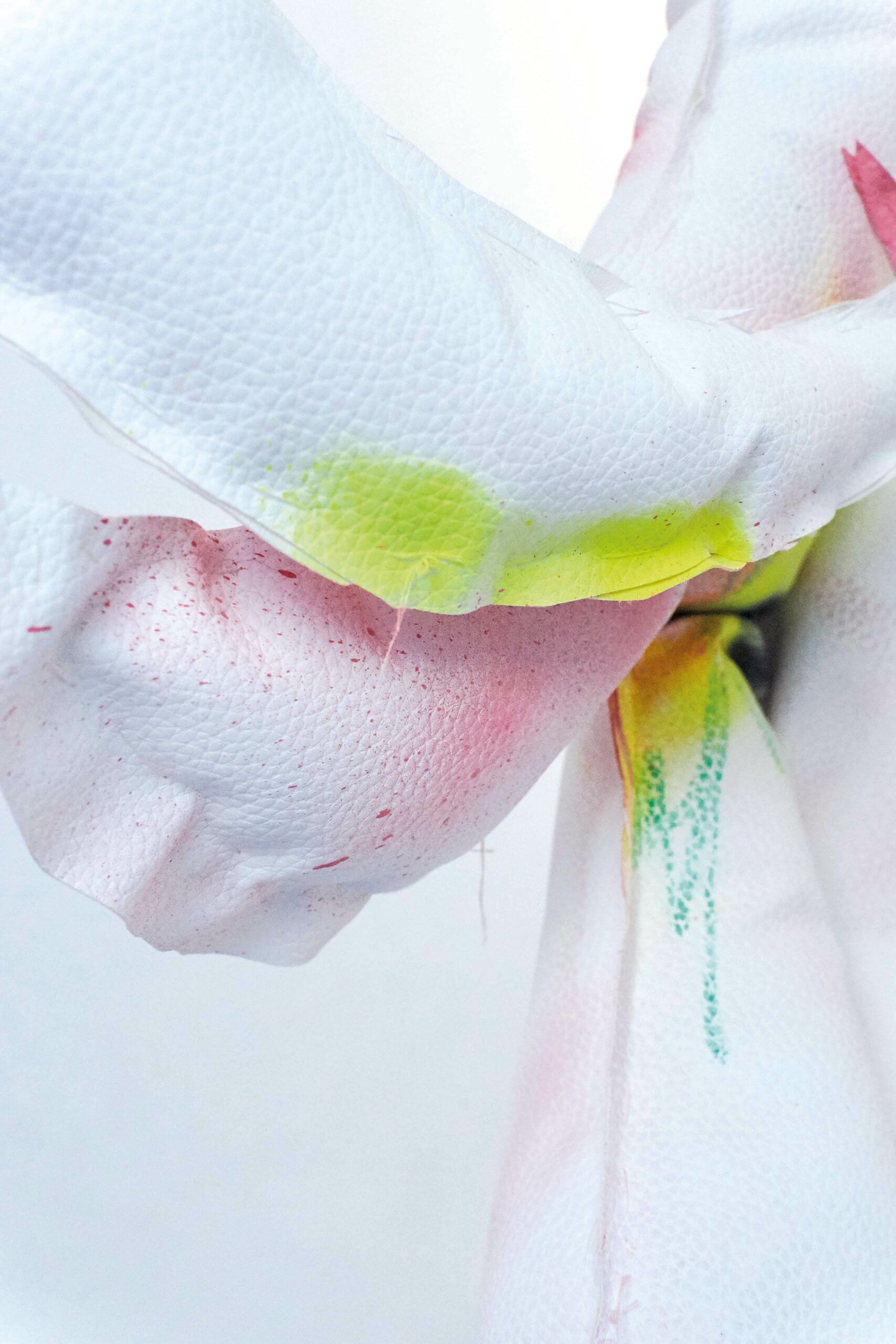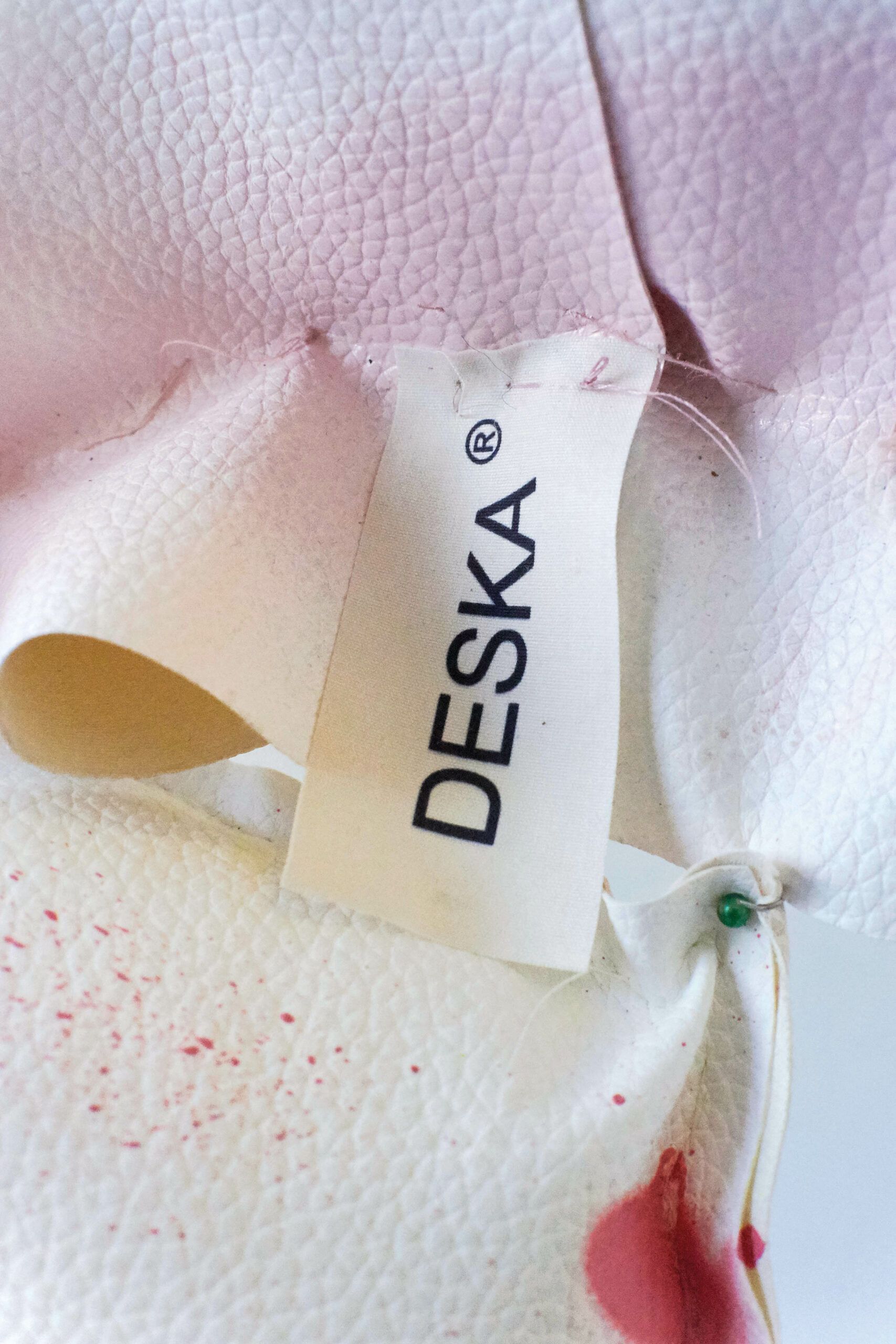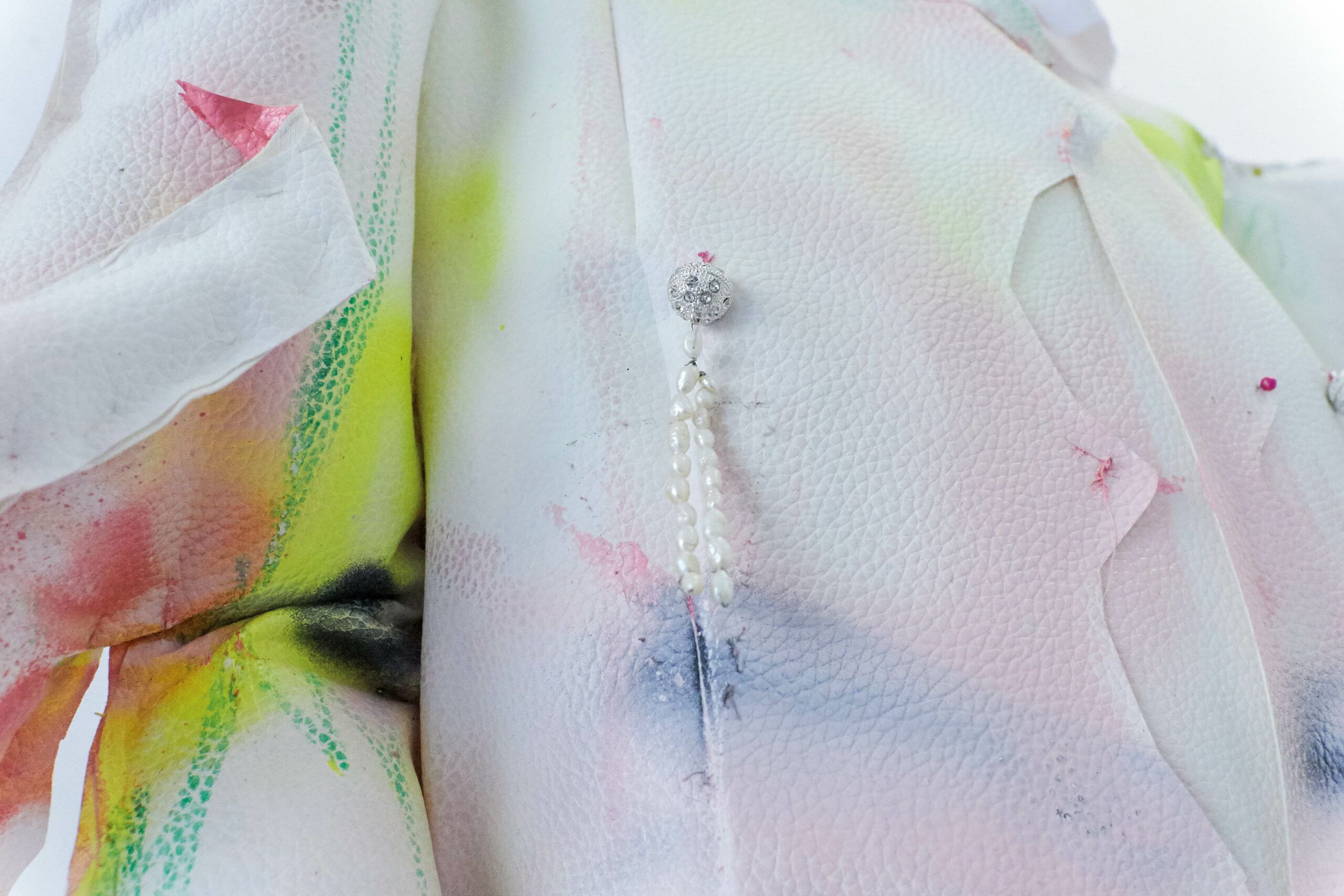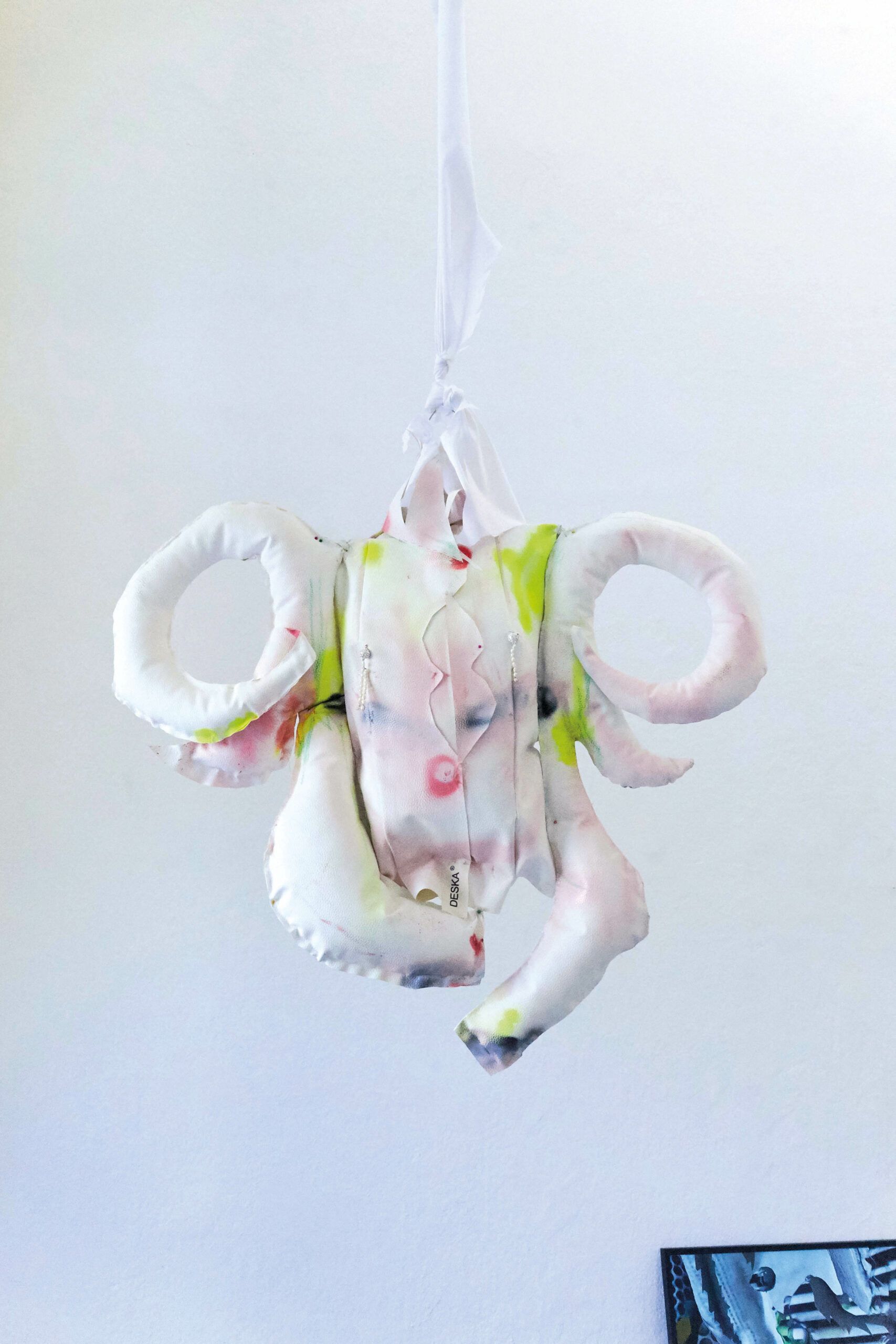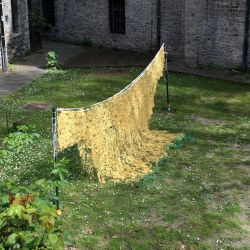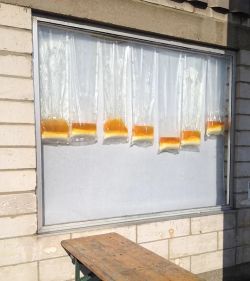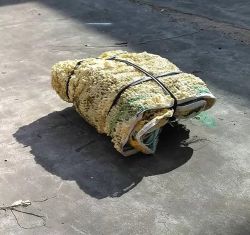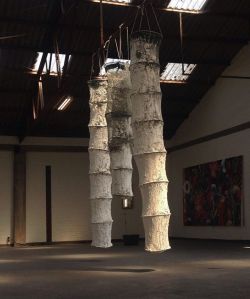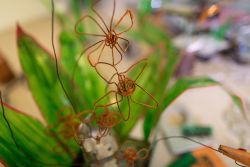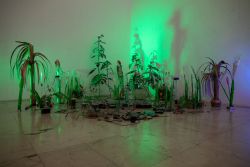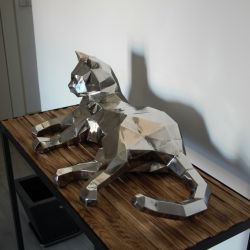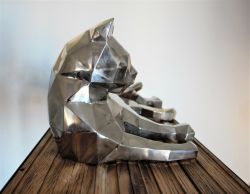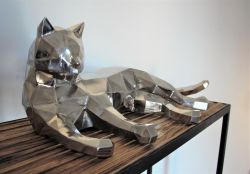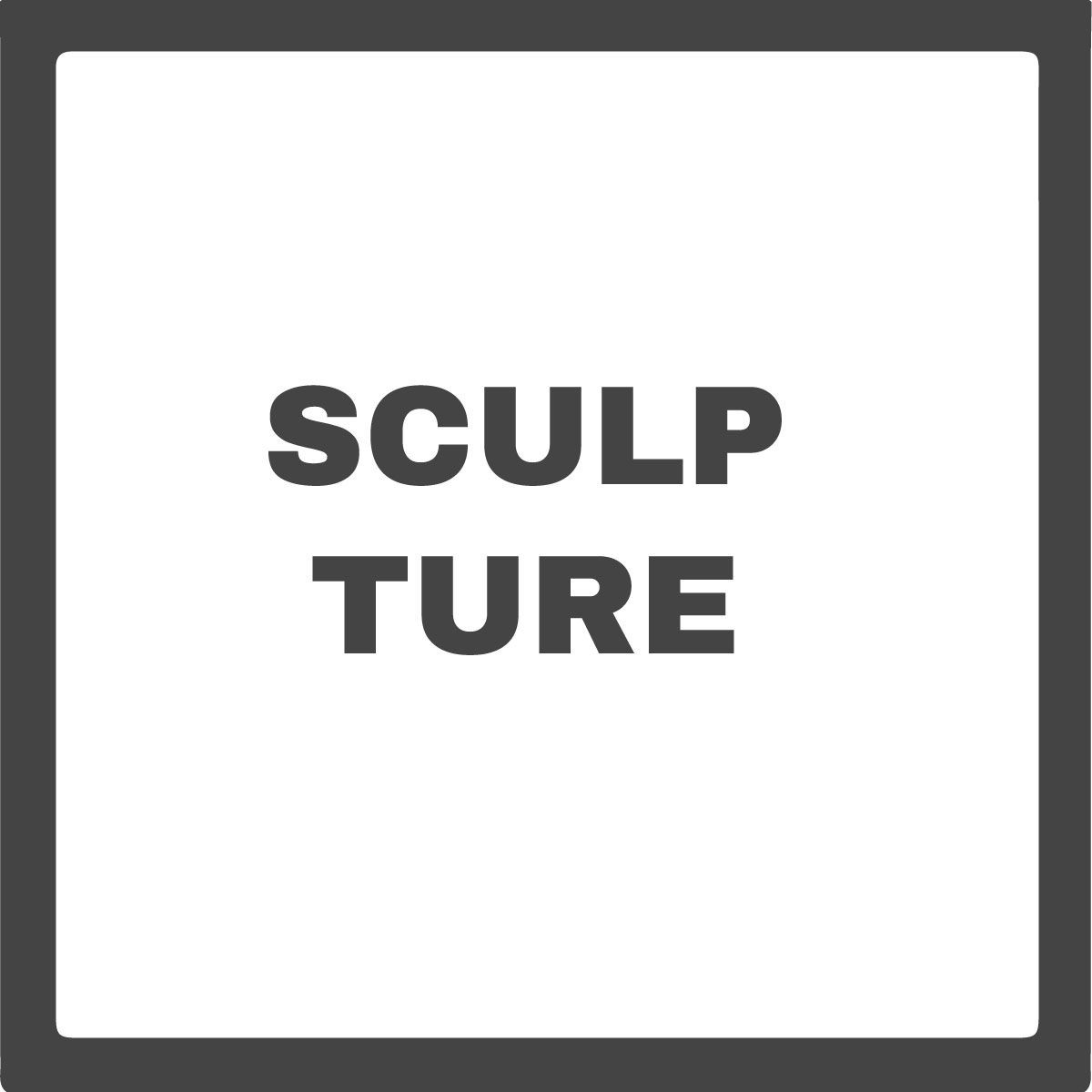
In this page you can discover the finalist for the Sculpture in the Blue Area (Mediterranean to Ocean) rated by the audience and a professional Jury at the event in Tuzla, Bosnia and Erzegovina.
One winner of each discipline will partecipate to the Biennial MArteLive and will have the chance to participate in Art residencies and more prizes.
Finalist from Mediterranean to Ocean

irzzy
![]() Athens, Greece
Athens, Greece
I was born in Athens, Greece, and spent my life between the big city and the island of Crete. I studied Art Management and focused onSemiotics on Culture & Art in Panteion University of Athens. I am a self taught artist, never gained academic training. In 2022 I opened a small art studio (@irzzystudeoathens), where I teach seminars and classes around creativity, and I produce my own works. I am constantly inspired by nature, the human experience & body, spirituality and mortality. I work with clay, cement, natural elements, paper and fabric. I wish to grow old by the sea, surrounded by love.
FOREIGN STAYS
July–August 2017 La Teste-de-Buche, France (Au-pair)
February–June 2022 Aix en Provence, France (Erasmus at École supérieure d’art d’Aix en Provence Félix Ciccolini, Studio Pratique d’espace et co-créations)
EXPOSITIONS
2014 Lidice Gallery (collective exposition)
2020 “Not enough”, Galerie Na Miladě (solo exposition)
AWARDS
Lidická růže (2014)
MEETRA
(greek: μήτρα – meaning uterus)
Ceramic sculpture: hand-built, black clay, gloop and crackle glazes, 1240oC firing
Dimension: Max Height 21cm / Diameter 31cm
The work is an inversion of the female uterus. An organ formed as a cavity to welcome new life is now remodeled in an aggressive synthesis of spiky tentacles, mingling with smaller openings and small cavity areas. A composition of bright color gloop glazes represent the humid environment of the uterus, transcended in vibrant essence. Much further than a feminist overview of the human body, MEETRA refers to the Divine Feminine, to the ancestral energy of creation and force.
A correlation in which female identity is no longer passive, no longer a receiver, a vessel. It is now an emitter of energy, a full body on its own, it is a whole, not something that needs to be filled. Feminine existence is perceived under new data, with new qualities and possibilities.
Made in ATHENS, GR on JULY 2022 – IRINI THEODOSI (irzzy)
Artists selected in From Mediterranean to Ocean

Sophie Olivia Taleja Schmidt
![]() Vienna, Austria
Vienna, Austria
The Abwesen* is an engagement with non-visible transformations within a process. They are transitional states that are the opposite of the visible essence of itself and are the precondition of the existence of the essence.
Intervening forces, a transformation, standstill, timelessness, uncontrollability and the interplay of immanence and transcendence – It begins with the change of a body/material/thought through the influence of another “substance”. This substance can appear in any form of material, thought, perception or even dynamic elements. The encounter and the resulting interaction of the strongly contrasting substances is subject to a continuous inscription and results in a reshaping of a coherence.
With each impact of a micro-perception on the fibres of the paper, the surface folds and forms a closed space in which the storage of this perception takes place and as soon as the transformation is completed, the paper unfolds. A trace remains in the form of a line in which the information of the previous state adheres. This process results in an infinite totality of micro-perceptions that form a macro-perception, unbalancing it and preparing it for the following transformation.
*Terminology by Byung-Chul Han
Material/Dimensions: linen-rag paper, PVC, side channel blowers, frequency converter / 50 x 50 cm

Camilla Hanney
![]() London, United Kingdom
London, United Kingdom
She was granted the UK Young artist of the year runner up award at its inaugural award ceremony which was held at the Saatchi . She received the ‘Committee’s Choice’ prize at ‘Exceptional’ an exhibition of recent graduate work at Collyer Bristow Gallery and was recipient of the zealous: Sculpture stories prize. In 2020 she was selected as one of the Gilbert Bayes Sculpture Award winners and was granted the 2020 Irish Visual Arts Bursary Award. Camilla received a Glass lab award in 2021, providing her with a 3 month residency and continuous technical support at the Cotswolds Glass foundry. She is recipient of the 2022 Newbury Trust Craft Excellence Award in conjunction with Cockpit Arts and was chosen for the 2022 Artist initiated projects in conjunction with the Irish arts council, granting her a funded solo show at Pallas Project Gallery, Dublin. Her work has been featured in articles by Crafts Magazine, Elephant Magazine, wallpapermag, Showstudio, Mission Mag and Harpers Bazaar.
Mother, Madonna, Monster. 2019-22. ceramic installation. 170cm x 70cm
Mother, Madonna, Monster demonstrates the uncertain, in-between state of the female body and its monstrous qualities that both frighten and fascinate. The work seeks to challenge our attitudes towards the body, and question why it is kept within the boundaries of culture to prevent it from returning to its natural state, allowing a celebration of feminine flesh.
The ceramic installation explores the ambivalence of the maternal body and places emphasis on its ability to threaten any stable form. As a result an effort is often made to ensure it is ‘tamed’ or ‘controlled’.
The porcelain figurines provide a method of rethinking the passive woman (in art) , asserting the notion of the formless female body. The installation provides the sculptures with the agency to climb down off their plinths and be seen in states of curiosity, contemplation and pleasure, permitting the figurines to explore and gaze upon their own bodies, creating a testament to female desire.
Other artists selected in Western, Central and Eastern Europe

Lieve Van den Bijgaart
![]() Moergestel, Netherlands
Moergestel, Netherlands
Other recurring topics are: typewriters that function as an instrument, as a way to create sounds, words, work and music. Other ways of creating and collecting sounds are also found in my work. Besides this, dead birds or other animals, scanning techniques, analog photography and film is also recurring in my work.
I am fascinated by the process of metal casting. I learned the technique and I know how to make the technique my own. Even after a few sculptures I make, I am still fascinated by the ”change of material”. From the original item (a dead bird) to wax, to liquid metal, to metal.
Title: Duif
Material: Aluminium
Dimensions (cm): 62 x 30 x 30
This work is called Duif (translation: pigeon): a pigeon made of aluminum. Besides that I think that the ‘Duif’ looks interesting, the process also fascinated me. To make this sculpture, I brought a real dead pigeon from the street home and kept it in my freezer for a couple of weeks. When there was time in the workplace, I added channels of wax. To add the pouring cup, I needed to pierce the bird with a stainless steel pin. Then the mold was put in the oven, the pigeon cremated, and so I poured aluminum in the hollow space
that had formed in the mold. The ashes and a few pieces of bones that remained of the pigeon were kept in the mold, you can still see this in the aluminum, these are the last remnants of the pigeon.
This is a way to establish and to keep the dead of the everyday. By using a real pigeon, I am a part of the process of the dead of the pigeon. Using aluminum was an interesting choice, because there is a contrast with on one side the dead pigeon and on the other side the aluminum which almost feels shiny-glitter-like.
![]() Belgrade, Serbia
Belgrade, Serbia
Since 2015, he has been part of the creative team of “Old Michas theatre” – the theater for children from Belgrade. He participated in the realization of about 20 of their plays, he was the ideal author for the scenography of two plays. “Magic Lyre” (2016) and “Kli and Klak” (2021).
| Inukshuk represents signposts in Native American culture (sculptures made of stone stacked without binding material, one arm of which is always thinner and longer indicating where its builder continued his search), which are signs of the spiritual search of an individual or a spiritual place. Playful animals are one of the representations, inukshuks, mainly represented in Eskimo art. They represent the cosmic world, outside of real life, in which the universe is occupied by living beings, diseases, and spirits. They all live in different impenetrable worlds where human beings are connected to them by the breath of life in the form of a spirit that integrates into a new body when the subject is directed. Their world represents a continuum where everyone is part of a larger whole. Shamans were once mediators between these three worlds. In search of advice, they would go into nature, wandering while playing an instrument. The spirit would appear to them through some unusual behavior of an animal, a “dancing bear” or some other animal. Which would mark that place as a place where a ritual is performed, maintaining a connection between all the inhabitants of the universe. A series of works of animalistic sculptures in glass represents a signpost as a reminder, which directs to that imbalance of the world of nature, the world of spirit, and the cosmic world, as the integration of nature into a new body, a new microcosm of color and form, initiated by the breath of thought about the problem. Experiencing them in multiple ways, such as a call for help from nature, a protector in the form of a spirit animal, or an amulet, where the connection between the past and the future is expressed through archaic and modern, personal and collective. The material is Murano glass, dimensions of the sculptures are between 6x4x3,5 cm. |

Patrícia Bačenková
![]() Bratislava, Slovakia
Bratislava, Slovakia
I focus on sharpening the senses and the mind using two standard recognizable materials. I heat industrial foils together with glass at different temperatures, observing their mutual transformation of surface, color and fluidity. By modifying their properties, I create a visual confusion. We are only able to realize this difference based on the involvement of touch. An important part of objects is the environment in which the situation is created, such as light, space, time…
Before the question “How do things work?” it is necessary to ask the question “What are things?”.
However, I will not start from scientific knowledge, but from sensory knowledge
experience as subjective observation. The experience I create is based on transformations. I can perceive them with my whole being, which contains a lot of information, feelings, sensations, experiences in scope and intensity,
which completes the overall perception.
The intention is to replace standard use with natural perception – from automatic to conscious. But what kind of automaticity is involved?
dimensions:
objekt1: 140x90cm
objekt2:100x70cm
objekt3: 40x50cm
objekt4: 40x30cm
![]() Vienna, Austria
Vienna, Austria
KRISTINA DESKA NIKOLIĆ born in 1996 in Serbia based in Vienna, Austria since 2020
Before studying at the University of Applied Arts, Vienna, Austria
in the class Transmedia Arts,
she was studying Fashion Design and New Media Arts in Belgrade, Serbia. Her background before coming to Fine Art is mainly in Fashion design, she worked as a costume designer and fashion designer assistant for years, and her experience in that field she is using now in her Fine Art practice.
Title: Significant Fragile Silk Faust
Material: eco-leather, viscose textile, cotton, spray paint, freshwater pearls, 925 silver connectors
Dimensions: approx. 100cm x 90cm
About:
Significant Fragile Silk Faust is a soft sculpture that raises questions about self-image, portraiting, self-representation, and fiction. And when said fiction, the sculpture is built as a kind of a fictional character trying to represent the artist and playing on the role of gender and empowerment through the shape and detail.
Work deals with the culture of drag, street art, and the question of authorship that can be seen in the painted part of the sculpture, as well as labeling that comes from the fashion industry.
The artist with her signature imitates the gesture of signing from art masters in history of art, and this time she uses her signature in form of a fashion label to comment on the phenomena of branding popular in neo-capitalism.

Linde Dumolein
![]() Belgium
Belgium
Human condition based on Jung theory (black composition). materialas: gypsum, firedbwood, charcoal. 300×200×180cm
Deconstruction. Machine made from undertrails wood and steel. It’s working mechanism. 250×250×100 cm

Esma
![]() Sarajevo, Bosnia and Erzegovina
Sarajevo, Bosnia and Erzegovina
Electronic devices are an integral part of our modern life with the primary goal of making it easier; they help us to shop, at work, in the bank, to communicate…
However, the constant innovation and increasingly rapid development of new e-devices creates a need for even more modern products, which makes the devices we already have quickly obsolete.
The installation ZERO is entirely made of e-waste and recycled material from the streets of Sarajevo. In addition to e-waste, the installation is also made from plastic waste from local parks, old wires from various metal plates and similar material found next to garbage cans, which are then connected by wire, glued with different glues and painted with acrylic paints to form flowers, leaves and grass.
As waste accumulates in cities and around them and the loss of natural resources become more apparent, our community is brought to the edge of its existence.The installation ZERO uses the accumulation of waste material to imitate nature with the aim of creating a new environment in a closed space. It is set up in a way to imitate a park, without an accent or main point of view.
In addition to recycled materials, old zinc graphic plates were also used to create the installations, which after countless etchings and prints had lost their detail and quality, and through the role of waste they took on a new role as ficus leaves. In this way the matrix, which used to print copies, got a new purpose in the role of originals. ZERO also uses light and sound to complete the visual experience and adequately imitate the atmosphere of fast-paced city life.
Size and suggested presentation of the project: As the total size of the original installation is 1m and 20cm tall and 3m and 40cm wide and it’s very difficult to be accurately recreated (it consists from various small pieces), I suggest that in this context the video documentation of the work (https://vimeo.com/575254331) is exhibited instead of the actual work with pieces of the original installation placed in the exhibition area to serve as artifacts.

J´George
![]() Tudela, Spain
Tudela, Spain
Metaloflexia was born after many years dreaming of taking origami to another level, my entire career working metal and my passion for art led me to investigate how to make these figures in a more solid metal such as steel. I only work with a radial to shape my sculptures, but after a long time of trial and failure, we really got what we wanted, which was to be able to give expression to something as hard as steel. I invite you to know my works and I hope you enjoy them just like me when making them
Life-size stainless steel jack imitating one of its most natural postures Technique: electric welding
Dimensions: 24 x 38 x 60
Material: stainless steel
